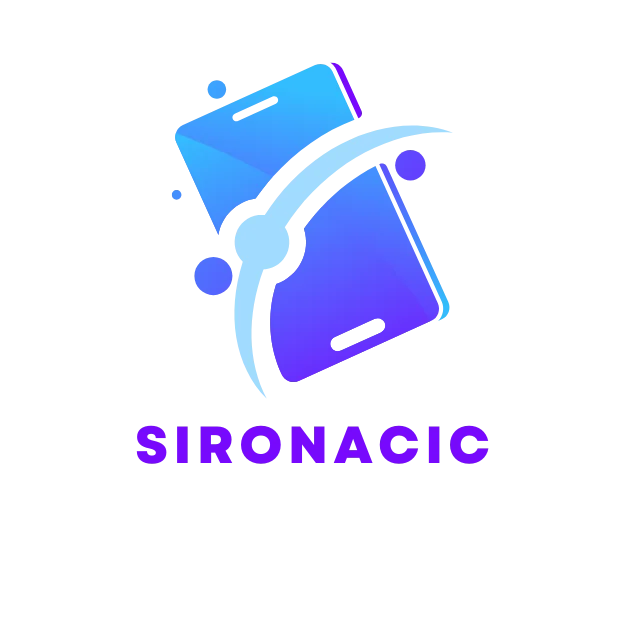The Internet of Things (IoT) is transforming the way devices connect and communicate, creating a seamless network that enhances everyday life. As smart homes, wearable technology, and industrial automation become commonplace, the demand for robust software development in IoT is skyrocketing. Developers face unique challenges in creating applications that ensure security, scalability, and interoperability among diverse devices.
In this rapidly evolving landscape, understanding the principles of IoT software development is crucial. From choosing the right programming languages to leveraging cloud computing and data analytics, developers must navigate a complex ecosystem. This article explores the key aspects of software development for IoT, providing insights into best practices and emerging trends that can help developers succeed in this dynamic field.
Table of Contents
ToggleOverview of Software Development for IoT
Software development for the Internet of Things (IoT) encompasses the creation of applications that enable devices to communicate and interact with each other over the internet. It integrates a variety of components, including hardware, software, and networking protocols. Developers focus on several key areas:
- Programming Languages: Common languages for IoT applications include Python, Java, C++, and JavaScript. Each serves specific purposes, with Python often used for data analysis and machine learning.
- Security Measures: Security in IoT is paramount. Developers implement encryption, secure authentication, and regular updates to protect against vulnerabilities.
- Scalability: The ability to add more devices seamlessly is critical. Scalable architectures, such as microservices, support growth without performance degradation.
- Interoperability: IoT devices often come from various manufacturers. Ensuring compatibility through standard protocols like MQTT or CoAP enhances communication between devices.
- Cloud Computing: Many IoT applications leverage cloud infrastructure for data processing and storage. Services from major providers, such as AWS and Azure, offer scalable solutions that accommodate diverse data needs.
- Data Analytics: Analyzing data from IoT devices provides actionable insights. Developers utilize tools and frameworks for real-time data processing and visualization, enabling businesses to make informed decisions.
By mastering these elements, developers contribute to the rapid advancement and integration of IoT technology into everyday life and industrial settings.
Key Components of IoT Software Development


IoT software development involves several critical components that ensure efficient and effective device connectivity and management. Two primary areas of focus are embedded software and cloud solutions.
Embedded Software
Embedded software serves as the backbone of IoT devices, enabling them to perform specific functions and communicate with other devices. It operates directly on hardware, often with constrained resources. Developers focus on:
- Real-time Operating Systems (RTOS): They utilize RTOS for efficient multitasking and timing control, essential for time-sensitive applications.
- Device Drivers: Developers write device drivers to facilitate communication between the hardware components and the software applications, ensuring seamless integration.
- Programming Languages: They commonly use C, C++, and Python for programming, given their compatibility with embedded systems and performance requirements.
- Firmware Updates: Developers implement robust firmware updating mechanisms, allowing for device upgrades and security enhancements post-deployment.
Cloud Solutions
Cloud solutions play a significant role in the scalability and data management aspects of IoT software development. They allow for remote access, data storage, and analytics capabilities. Key elements include:
- Data Processing: Cloud platforms handle vast amounts of data generated by IoT devices, processing it efficiently for real-time and batch analytics.
- Scalability: Developers leverage cloud infrastructure to scale applications seamlessly, accommodating increased device connections and data flow without disruptions.
- APIs and Integration: They use APIs for integrating various services and devices, facilitating communication and data exchange across platforms.
- Security Protocols: Cloud solutions incorporate advanced security measures, including encryption and access control, to ensure data integrity and user privacy.
By focusing on embedded software and cloud solutions, developers enhance the functionality and performance of IoT applications, supporting a more interconnected world.
Challenges in Software Development for IoT
Software development for IoT poses several challenges, primarily in scalability and security. These complexities must be addressed to ensure effective and reliable IoT solutions.
Scalability Issues
Scalability challenges arise as IoT systems expand. Managing large volumes of devices requires robust architectures. Developers often implement microservices to facilitate modularity and enhance responsiveness. Real-time data processing also becomes a necessity, as increased device interactions generate vast amounts of data. Cloud solutions play a crucial role in scaling applications horizontally, ensuring they can handle varying loads without compromising performance. The need for flexible deployment strategies enables seamless updates and scaling of applications, keeping pace with the rapid growth of IoT ecosystems.
Security Concerns
Security concerns in IoT development are paramount due to the interconnected nature of devices. Developers face threats such as unauthorized access, data breaches, and malware attacks. Implementing robust security measures becomes essential. This includes encryption protocols for data in transit and at rest, along with secure authentication mechanisms like two-factor authentication. Continuous monitoring and regular updates address vulnerabilities, ensuring devices remain secure against emerging threats. Compliance with industry standards like ISO/IEC 27001 further strengthens security frameworks, establishing trust in IoT implementations for both consumers and businesses.
Best Practices for IoT Software Development
Effective IoT software development requires adherence to industry best practices that enhance functionality, security, and overall performance. Key strategies include utilizing agile methodologies and ensuring rigorous testing and validation.
Agile Methodologies
Agile methodologies support adaptive planning and quick iterations within IoT software development. Implementing frameworks like Scrum or Kanban promotes flexibility in project management. Teams prioritize collaborative communication, allowing for faster responses to changing requirements. Developers focus on delivering incremental updates, enabling timely feature releases and feedback integration. By emphasizing continuous improvement, agile practices help address challenges in security and scalability throughout the development lifecycle.
Testing and Validation
Testing and validation are crucial in IoT software development to ensure reliability and performance. Developers should employ automated testing frameworks to streamline the testing process, covering various aspects like functionality, performance, and security. Rigorous validation techniques, such as unit testing, integration testing, and user acceptance testing, help identify defects early. Continuous monitoring and real-time data analytics provide insights into device behavior, allowing developers to address issues proactively. Comprehensive testing reduces the risk of failures and enhances user satisfaction, contributing to the overall success of IoT implementations.






